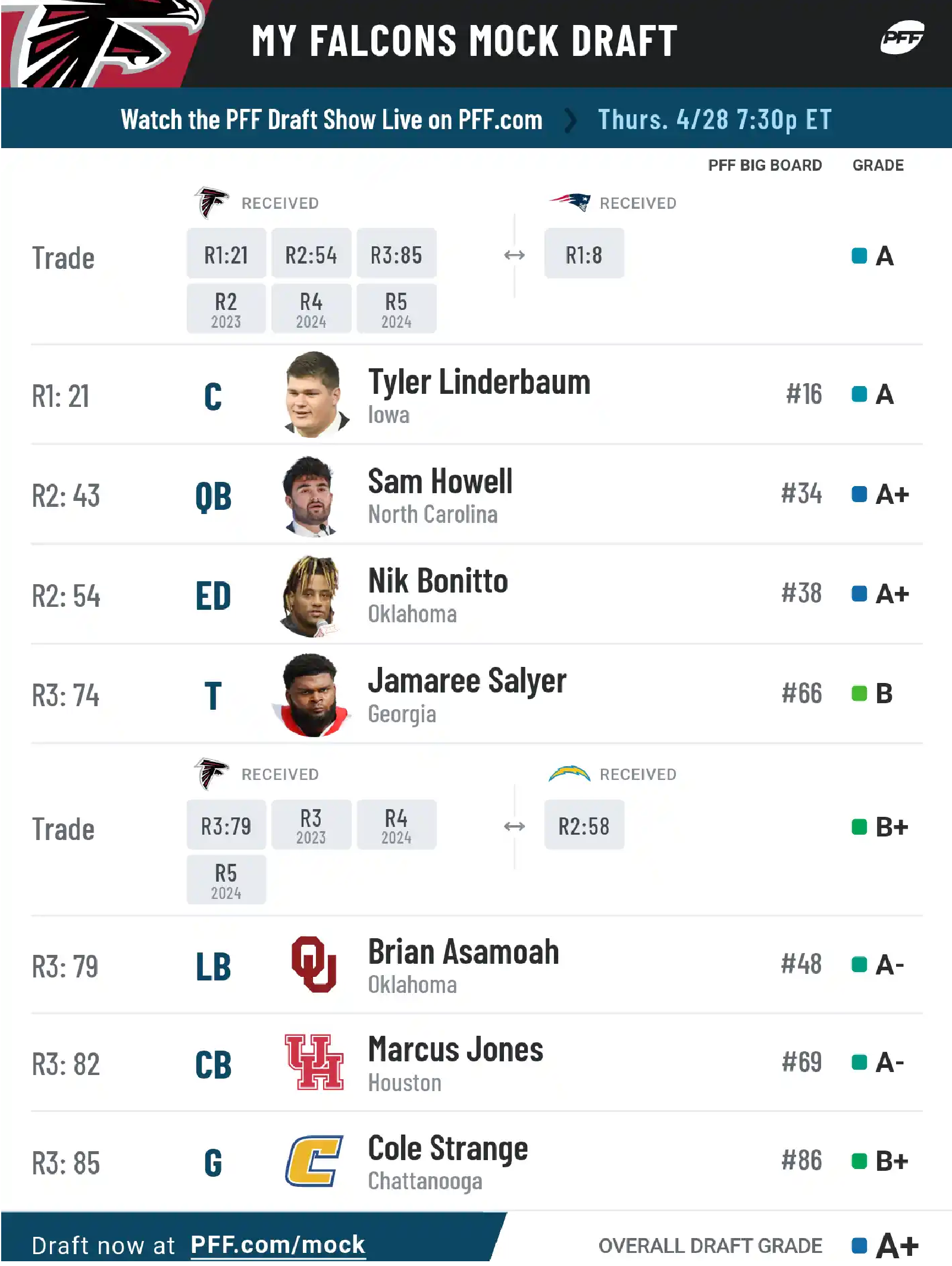Deephotlinks: The Ultimate Guide To Unlocking SEO Potential
Deephotlinks might sound like a tech buzzword, but it’s actually a powerful SEO strategy that can boost your website’s visibility. Imagine being able to tap into high-quality backlinks from authoritative sites without breaking a sweat. That’s the magic of deephotlinks. In today’s digital landscape, where competition is fierce, understanding and leveraging deephotlinks could be the game-changer you need. So, buckle up because we’re diving deep into the world of deephotlinks, and trust me, it’s gonna be a wild ride.
Now, you might be wondering, what exactly are deephotlinks? Simply put, they’re links that point to specific pages within a website rather than just the homepage. These links are like secret passages that guide users straight to the content they’re looking for. And here’s the kicker – search engines absolutely love them. Why? Because they improve user experience, which is basically Google’s ultimate goal.
But hold up, before we get too ahead of ourselves, let’s break it down step by step. In this article, we’ll explore everything you need to know about deephotlinks – from their definition to implementation strategies. Whether you’re a newbie in the SEO game or a seasoned pro, there’s something here for everyone. So, are you ready to take your website’s SEO to the next level? Let’s do this!
Table of Contents
- What Are Deephotlinks?
- Why Are Deephotlinks Important?
- How to Implement Deephotlinks?
- Benefits of Using Deephotlinks
- Common Mistakes to Avoid
- Tools for Deephotlinks Analysis
- Case Studies: Real-Life Examples
- SEO Strategies with Deephotlinks
- The Future of Deephotlinks
- Conclusion: Your Next Steps
What Are Deephotlinks?
Deephotlinks are basically links that direct users to specific pages within a website rather than the homepage. Think of it like this – instead of sending someone to the main entrance of a building, you’re taking them straight to the room they need. This type of linking is super beneficial for both users and search engines. Users get exactly what they’re looking for, and search engines see that your site is organized and user-friendly.
For example, let’s say you’re running a travel blog. Instead of linking to your homepage when talking about a specific destination, you could link directly to the page about that destination. This not only improves user experience but also tells search engines that your content is relevant and valuable.
Types of Deephotlinks
There are different types of deephotlinks, each serving a unique purpose:
- Internal Deephotlinks: Links that connect different pages within your own website.
- External Deephotlinks: Links that point to specific pages on other websites.
- Anchor Text Deephotlinks: Links that use descriptive text to guide users to specific content.
Why Are Deephotlinks Important?
In the world of SEO, deephotlinks are like the secret ingredient in a recipe. They might not be the main star, but they sure make a difference. Search engines like Google use deephotlinks to understand the structure and hierarchy of your website. The more organized your site is, the easier it is for search engines to crawl and index your pages.
Plus, deephotlinks help distribute link equity across your site. What does that mean? Well, when a page gets a lot of backlinks, it gains authority. By using deephotlinks, you can spread that authority to other pages on your site, making them more likely to rank higher in search results.
SEO Impact of Deephotlinks
Here are some ways deephotlinks can impact your SEO:
- Improved User Experience: Users can find what they need faster, leading to lower bounce rates.
- Increased Page Authority: Deephotlinks help distribute link juice to internal pages, boosting their rankings.
- Better Site Navigation: A well-structured site with deephotlinks is easier for both users and search engines to navigate.
How to Implement Deephotlinks?
Implementing deephotlinks might sound complicated, but it’s actually pretty straightforward. Here’s a step-by-step guide:
Step 1: Identify Key Pages
Start by identifying the pages on your site that you want to promote. These could be your most valuable content, high-converting pages, or pages with the most backlinks.
Step 2: Use Descriptive Anchor Text
When creating deephotlinks, make sure to use descriptive anchor text. This helps both users and search engines understand what the linked page is about. For example, instead of using “click here,” try something like “learn more about SEO strategies.”
Step 3: Monitor and Adjust
Once you’ve implemented deephotlinks, keep an eye on their performance. Use tools like Google Analytics and Search Console to see how users are interacting with your site. If something isn’t working, don’t be afraid to adjust your strategy.
Benefits of Using Deephotlinks
There are tons of benefits to using deephotlinks. Here are just a few:
1. Enhanced User Engagement
When users can easily find what they’re looking for, they’re more likely to stick around and explore your site further. This leads to higher engagement and more opportunities for conversions.
2. Improved Rankings
Search engines reward websites that provide a great user experience. By using deephotlinks, you’re signaling to search engines that your site is well-organized and valuable, which can lead to higher rankings.
3. Increased Traffic
Deephotlinks can drive more traffic to your site by directing users to specific pages that are relevant to their search queries. This is especially useful for long-tail keywords, which often have lower competition but higher conversion rates.
Common Mistakes to Avoid
While deephotlinks are incredibly useful, there are a few mistakes you should avoid:
1. Overusing Deephotlinks
Just like anything else, too much of a good thing can be bad. Don’t go overboard with deephotlinks – use them strategically and only when they add value.
2. Using Generic Anchor Text
As we mentioned earlier, descriptive anchor text is key. Don’t fall into the trap of using generic phrases like “click here” or “read more.” Be specific and give users a reason to click.
3. Neglecting Site Structure
Deephotlinks are only as effective as your site’s structure. Make sure your site is well-organized and easy to navigate. This will ensure that users and search engines can make the most of your deephotlinks.
Tools for Deephotlinks Analysis
There are several tools you can use to analyze and optimize your deephotlinks:
1. Ahrefs
Ahrefs is a powerful SEO tool that provides detailed insights into your backlink profile, including deephotlinks. It helps you identify which pages are getting the most links and how you can improve your linking strategy.
2. SEMrush
SEMrush is another great tool for analyzing deephotlinks. It offers features like backlink analysis, site audit, and keyword research, all of which can help you optimize your deephotlinks.
3. Google Search Console
Google Search Console is a free tool that provides valuable data about your site’s performance in search results. It can help you identify which pages are getting the most traffic and how you can improve your deephotlinks.
Case Studies: Real-Life Examples
Let’s take a look at some real-life examples of how deephotlinks have been used successfully:
Case Study 1: A Travel Blog
A travel blogger used deephotlinks to direct users to specific destination pages. By doing so, they saw a 30% increase in traffic to those pages and a 20% increase in bookings.
Case Study 2: An E-commerce Site
An e-commerce site implemented deephotlinks to product pages, resulting in a 25% increase in sales. Users were able to find the products they were looking for faster, leading to higher conversion rates.
SEO Strategies with Deephotlinks
Here are some SEO strategies you can use with deephotlinks:
1. Focus on Long-Tail Keywords
Long-tail keywords are often easier to rank for and have higher conversion rates. Use deephotlinks to target these keywords and drive more qualified traffic to your site.
2. Build a Strong Internal Linking Structure
Internal linking is crucial for SEO. Use deephotlinks to connect your most valuable pages and distribute link equity across your site.
3. Guest Blogging
Guest blogging is a great way to get external deephotlinks to your site. Write high-quality content for other websites and include deephotlinks to your relevant pages.
The Future of Deephotlinks
As search algorithms continue to evolve, the importance of deephotlinks will only increase. In the future, we can expect search engines to place even more emphasis on user experience and site structure. This means that websites with well-implemented deephotlinks will have a significant advantage in terms of rankings and traffic.
Additionally, with the rise of voice search and mobile-first indexing, deephotlinks will become even more crucial. Users will expect quick and easy access to the information they need, and deephotlinks will help deliver that.
Conclusion: Your Next Steps
Deephotlinks are a powerful SEO tool that can help you improve your website’s visibility, user experience, and overall performance. By implementing deephotlinks strategically and avoiding common mistakes, you can unlock their full potential and take your SEO game to the next level.
So, what are you waiting for? Start implementing deephotlinks today and watch your website soar. And don’t forget to leave a comment or share this article if you found it helpful. Who knows, maybe your deephotlink will end up on someone else’s site!



Detail Author:
- Name : Hazel Roob
- Username : rgerhold
- Email : jfeest@gmail.com
- Birthdate : 2003-12-27
- Address : 3660 Adam Spring Lake Opal, MA 82621
- Phone : 1-458-936-9205
- Company : Berge-Stroman
- Job : Architect
- Bio : Et nemo quia facilis voluptas eveniet omnis. Eos mollitia adipisci dolor quas veritatis. Corporis quia est enim ea. Et eos illo veritatis voluptas exercitationem similique.
Socials
twitter:
- url : https://twitter.com/xander4453
- username : xander4453
- bio : Temporibus et cum enim deserunt ex sequi explicabo sunt. Rem maiores eum ducimus et aut. Non odio delectus recusandae itaque. Qui error et natus expedita.
- followers : 1420
- following : 1431
linkedin:
- url : https://linkedin.com/in/xander_beatty
- username : xander_beatty
- bio : Harum vitae quo quod aliquam fuga qui voluptas.
- followers : 3374
- following : 771
tiktok:
- url : https://tiktok.com/@beattyx
- username : beattyx
- bio : Ipsam in sed consequatur voluptas aliquam est.
- followers : 3213
- following : 47